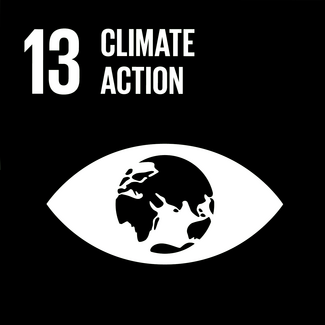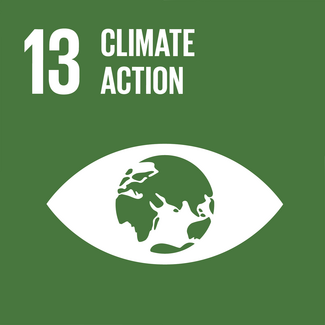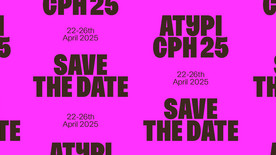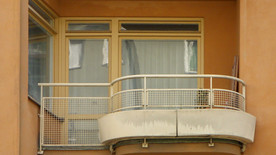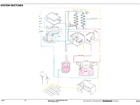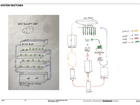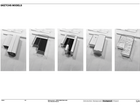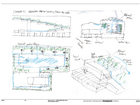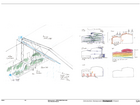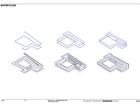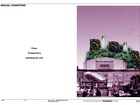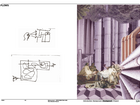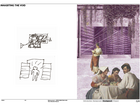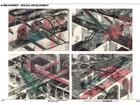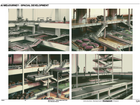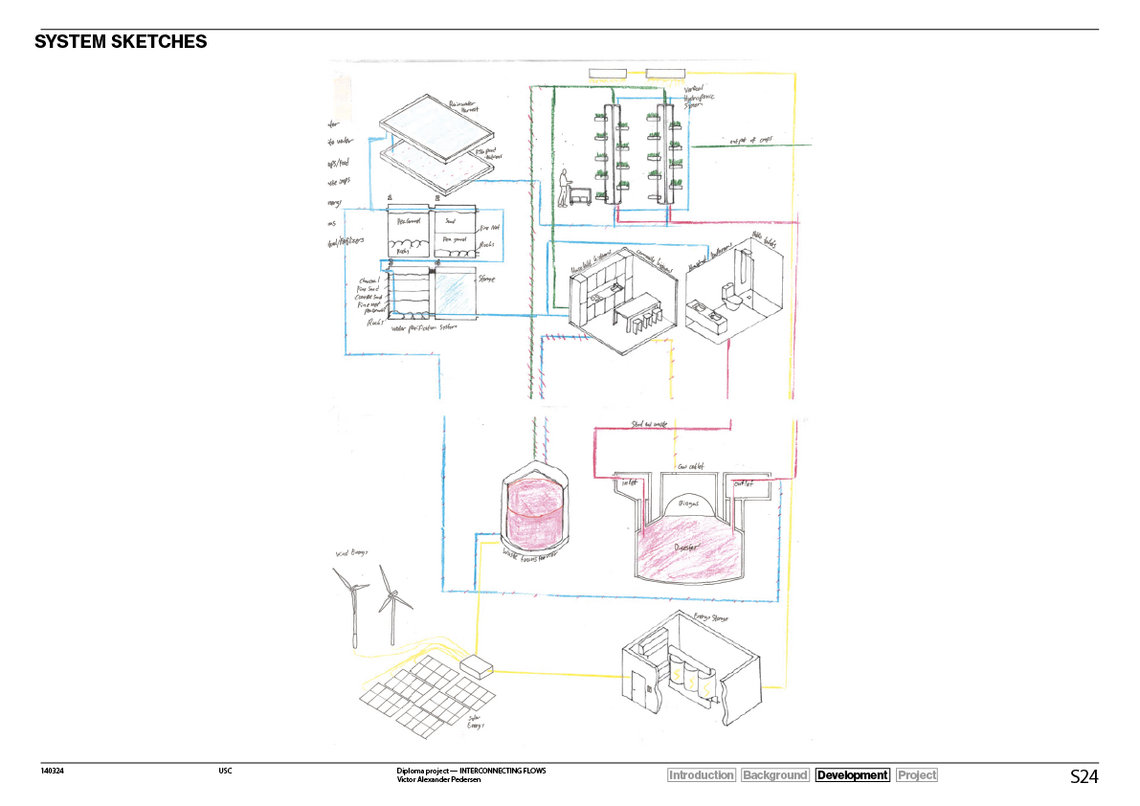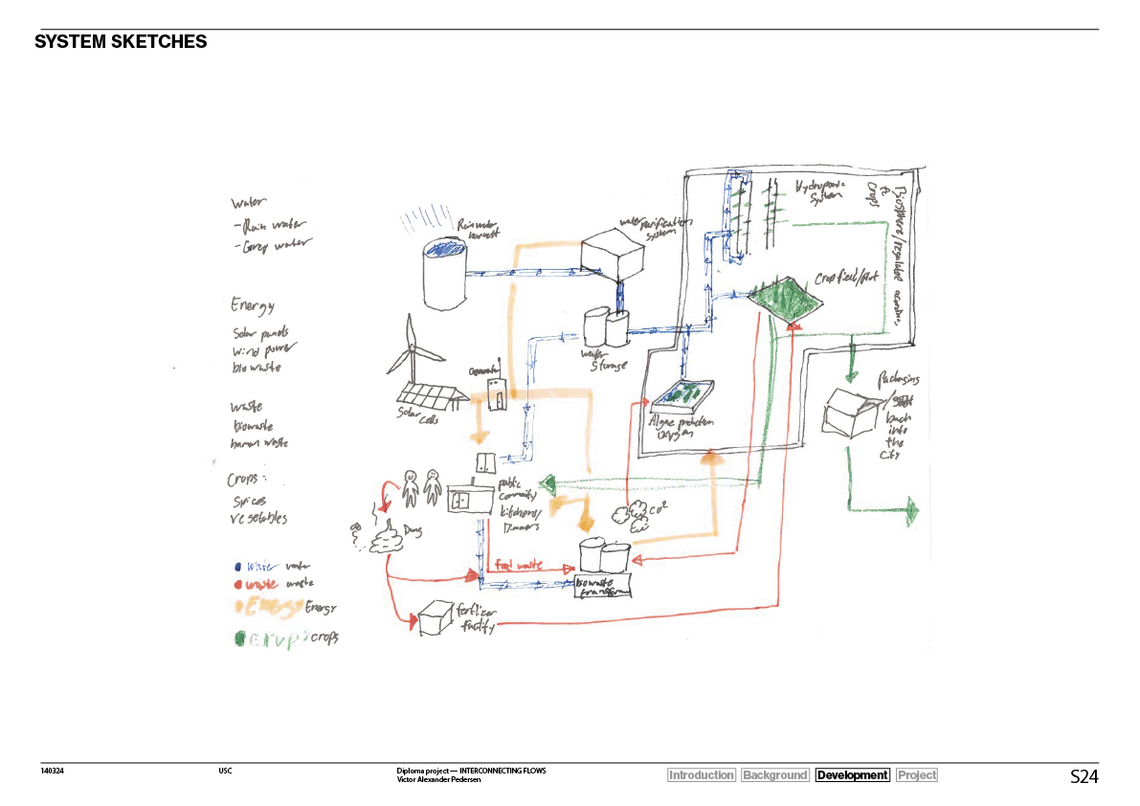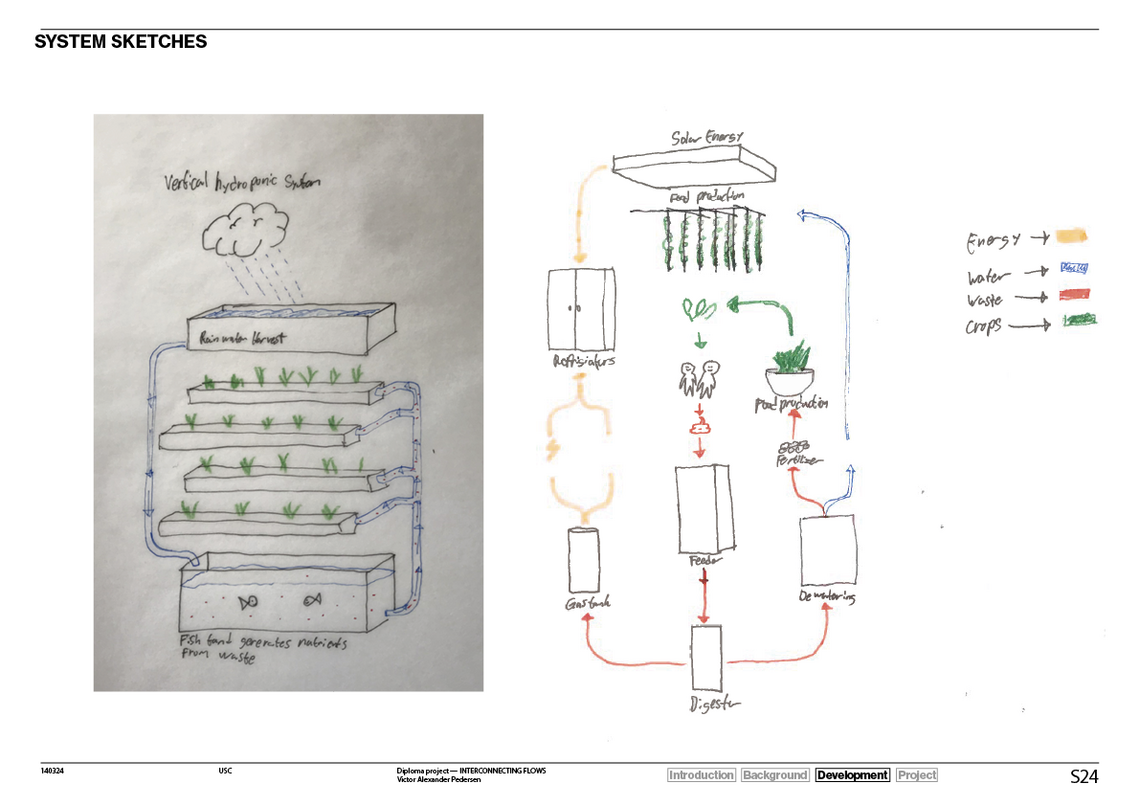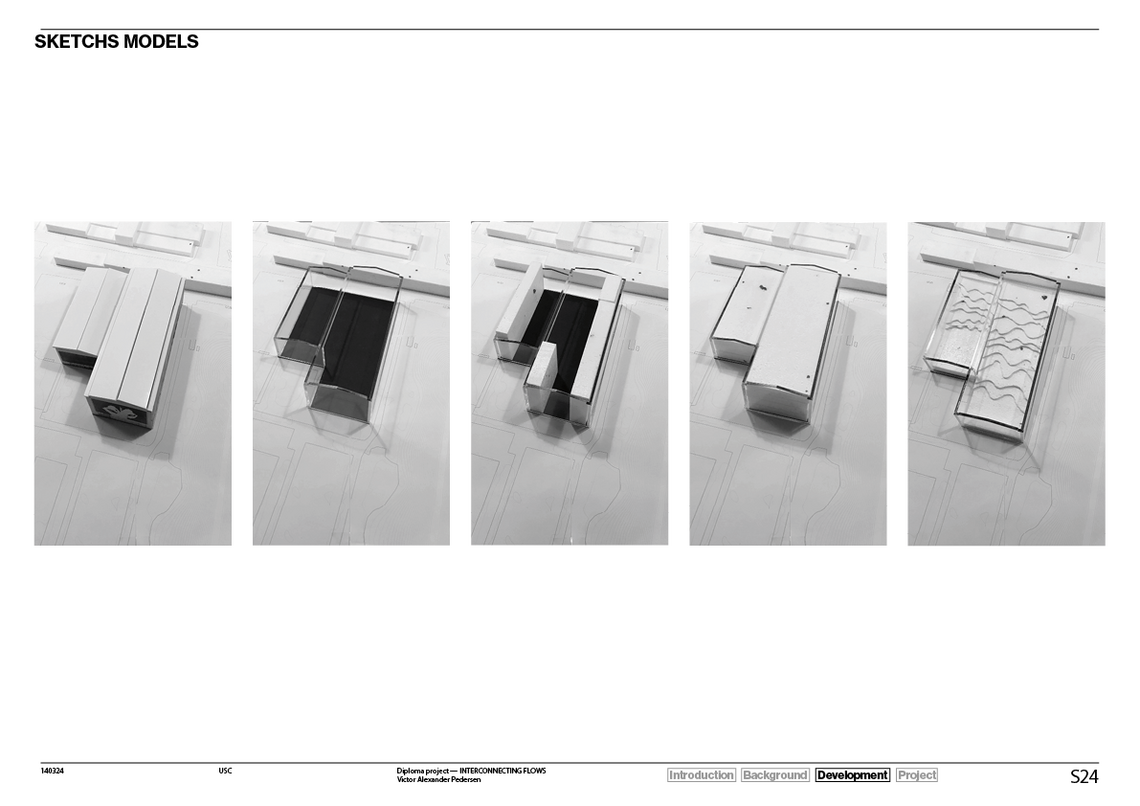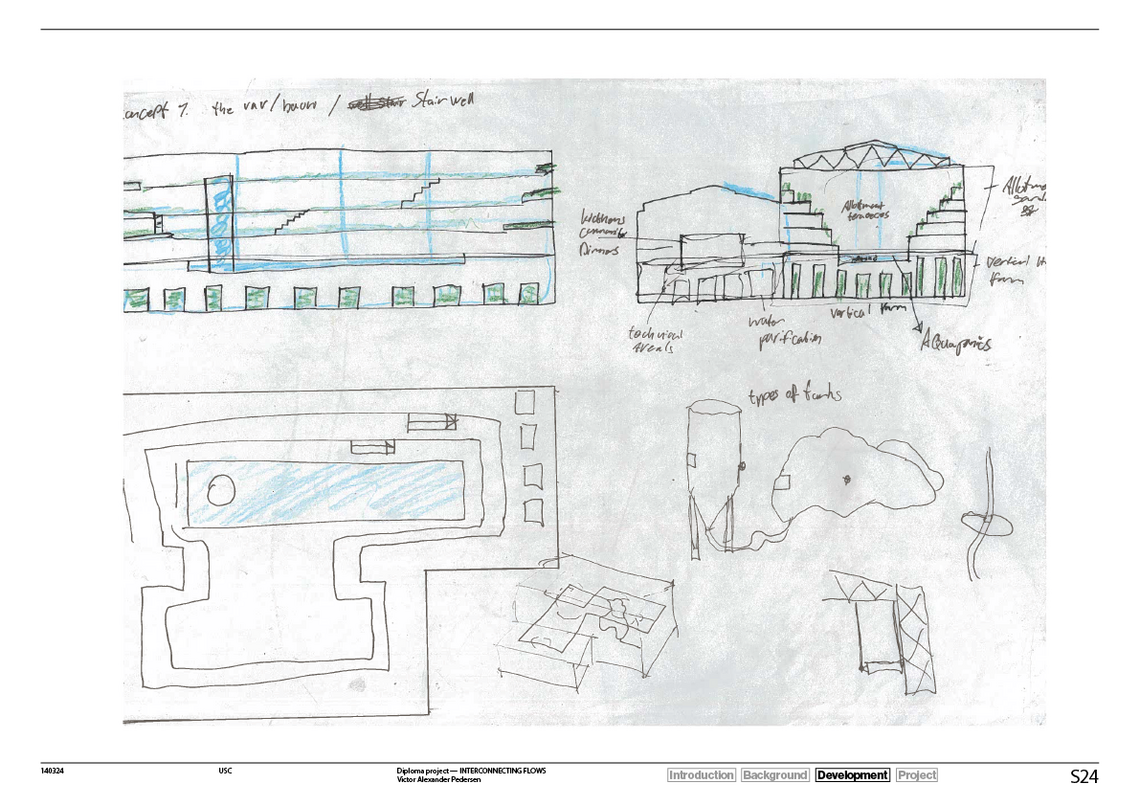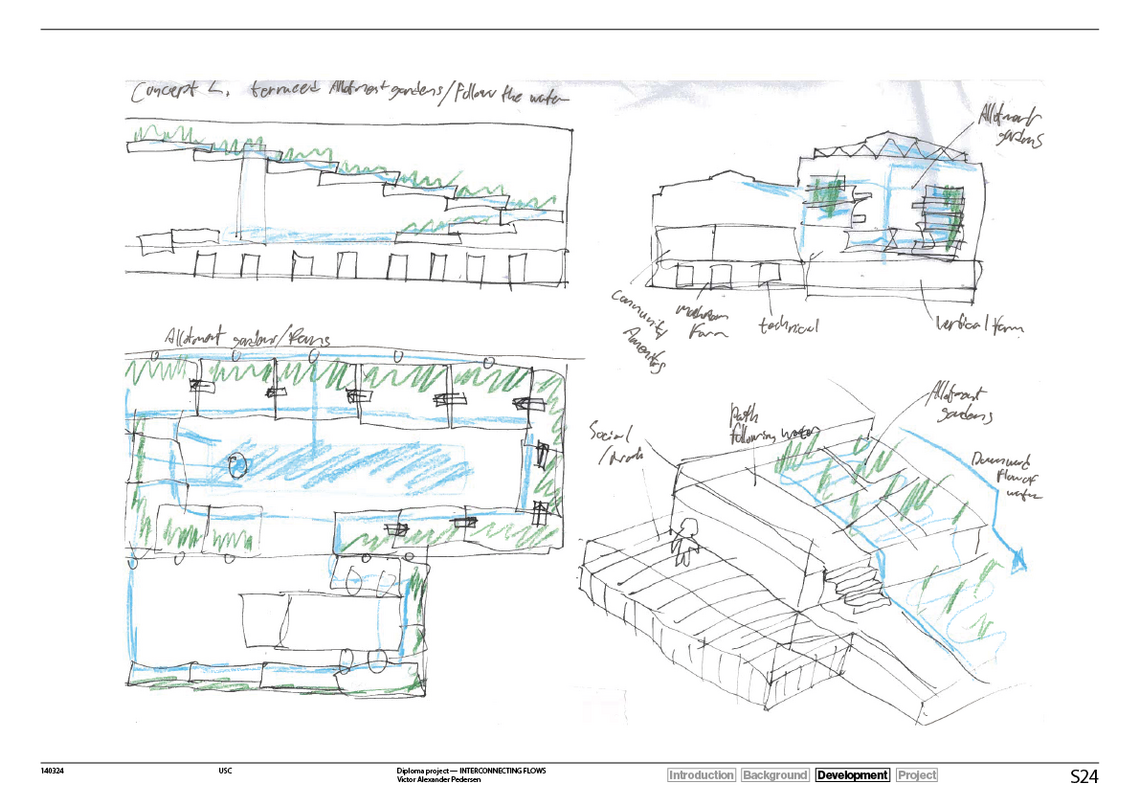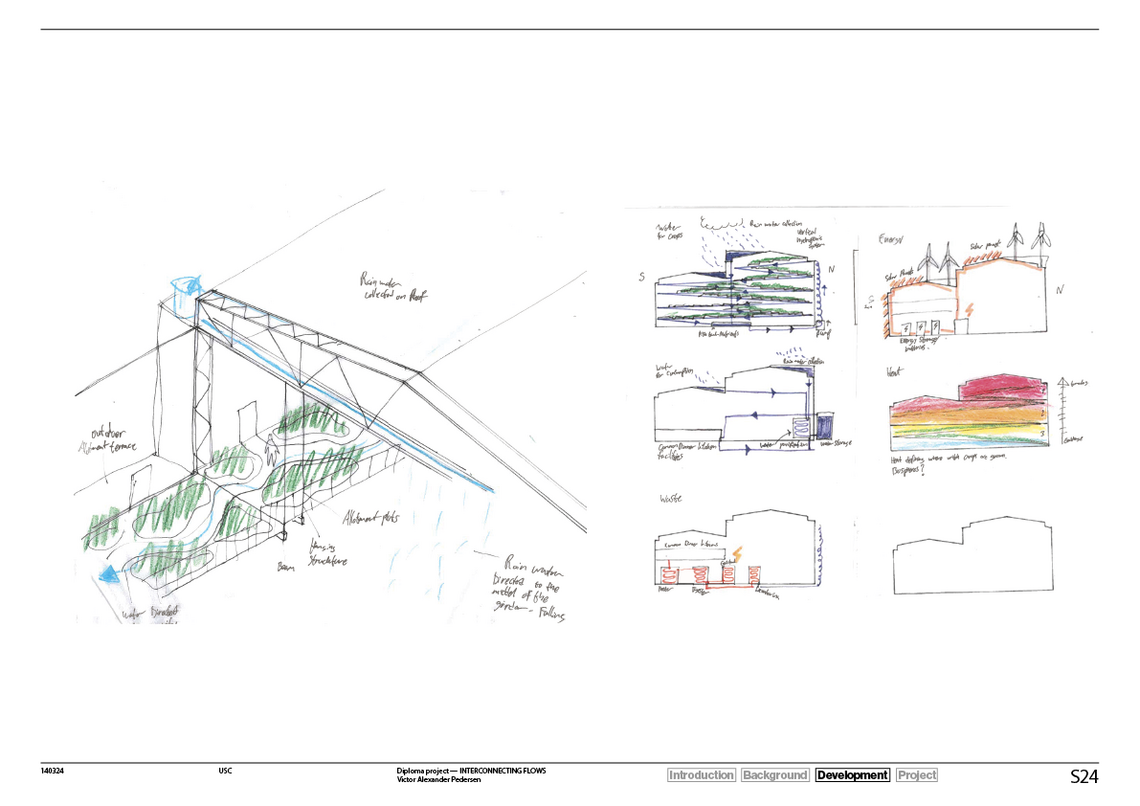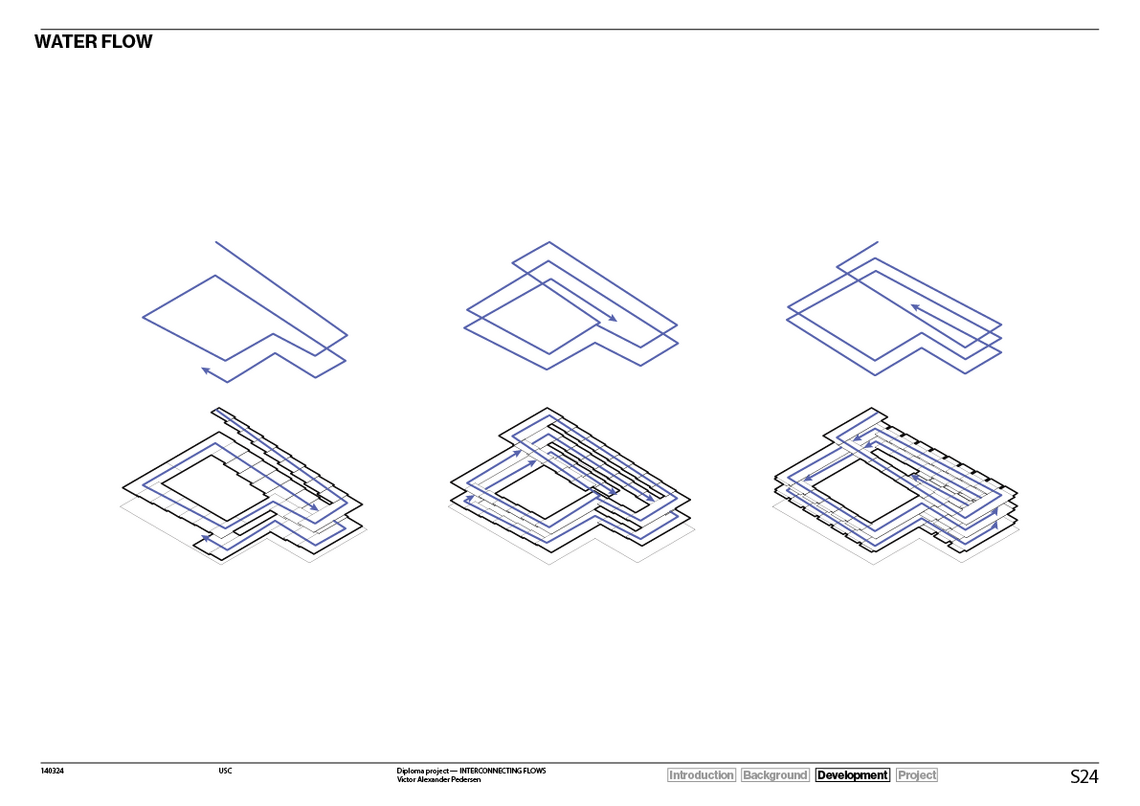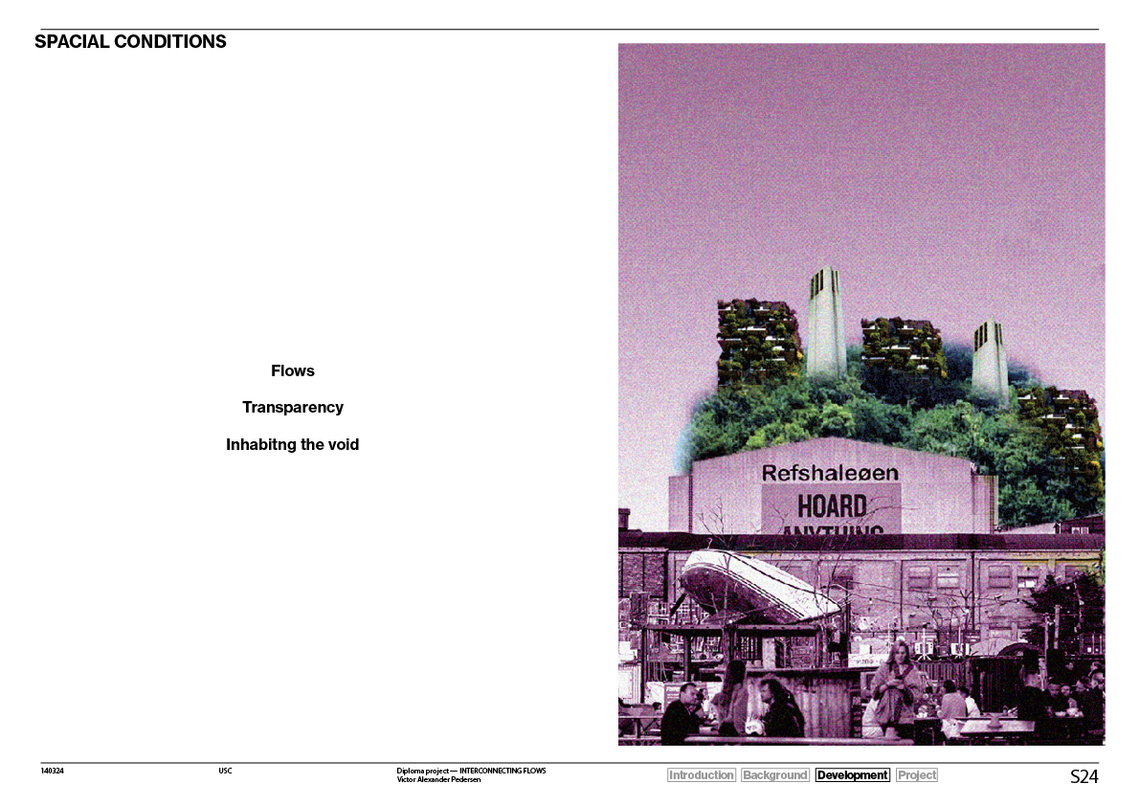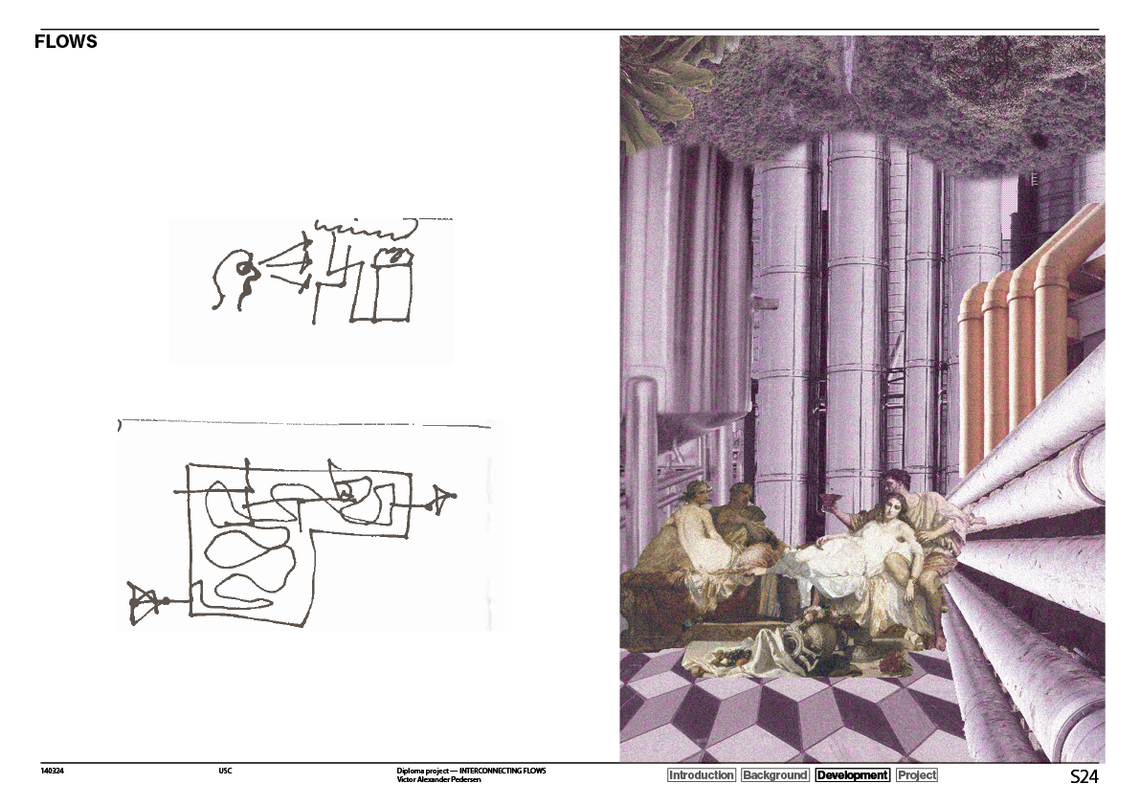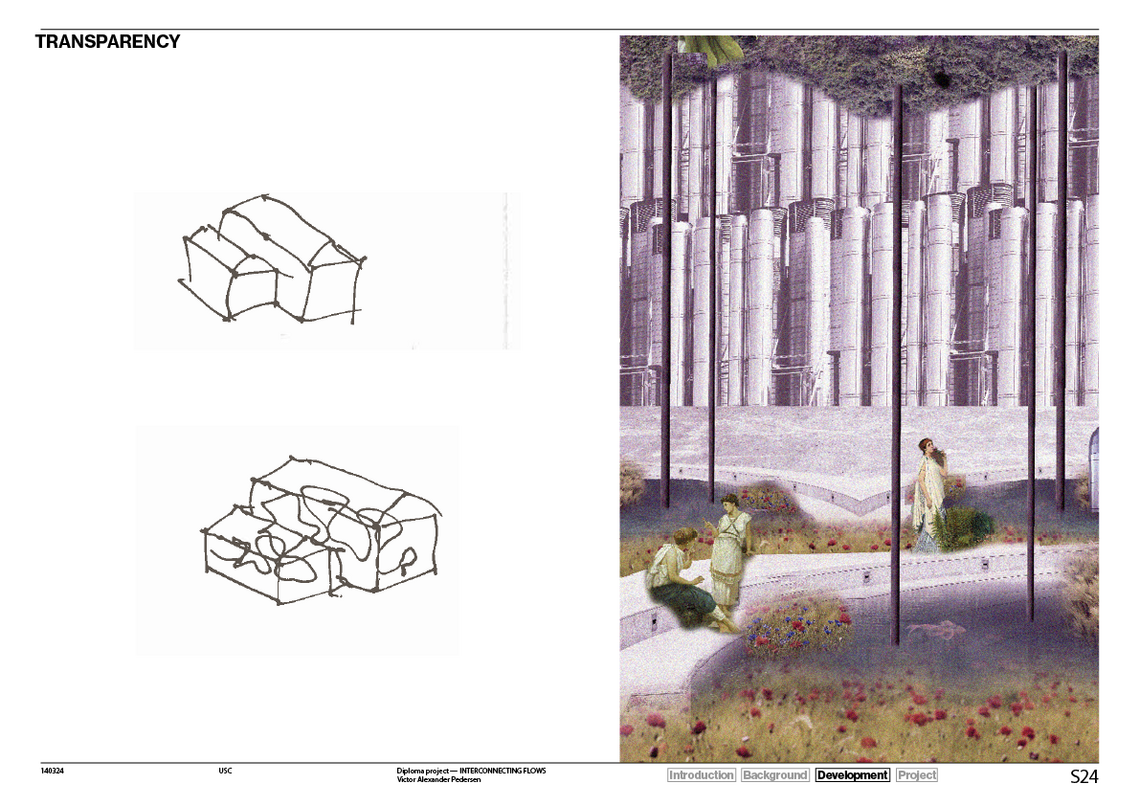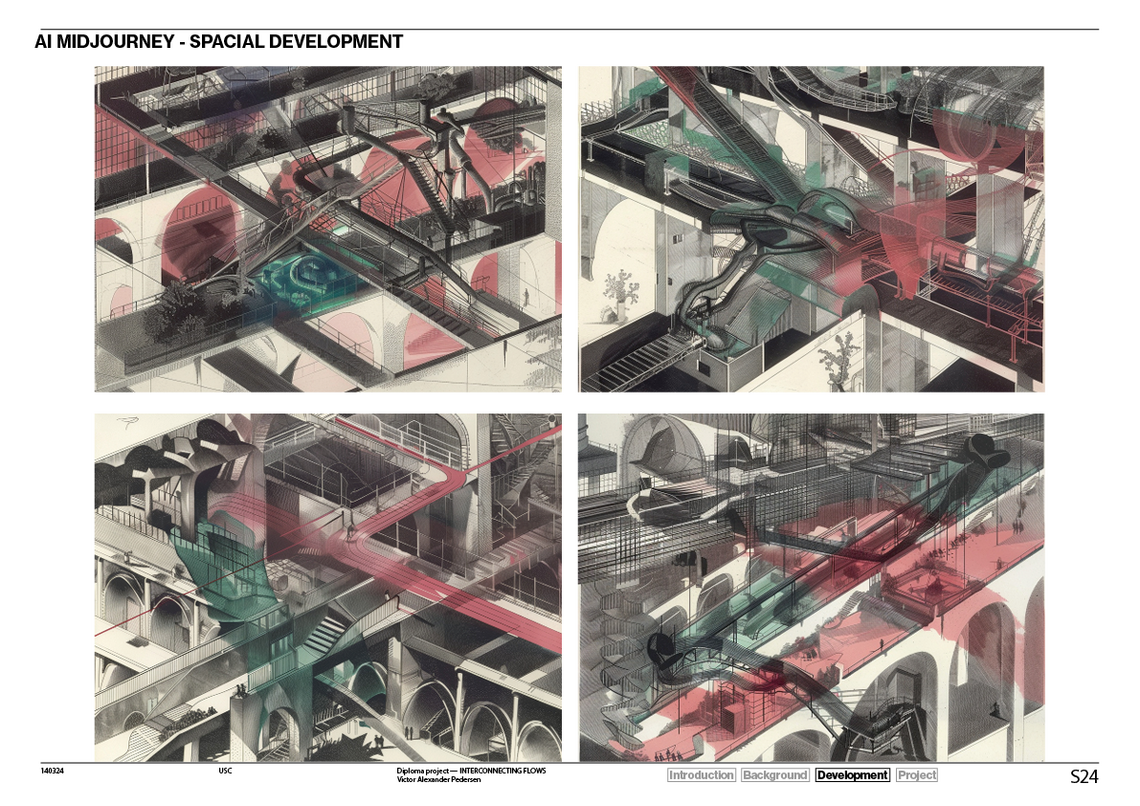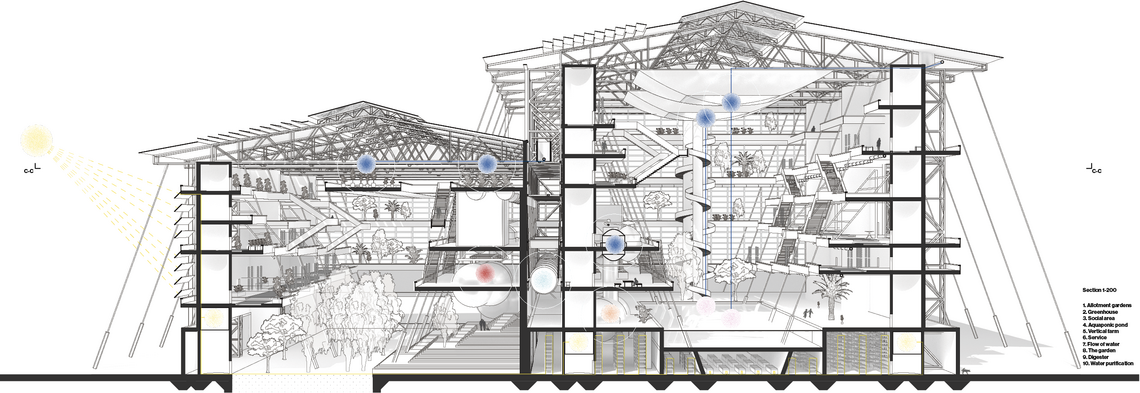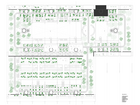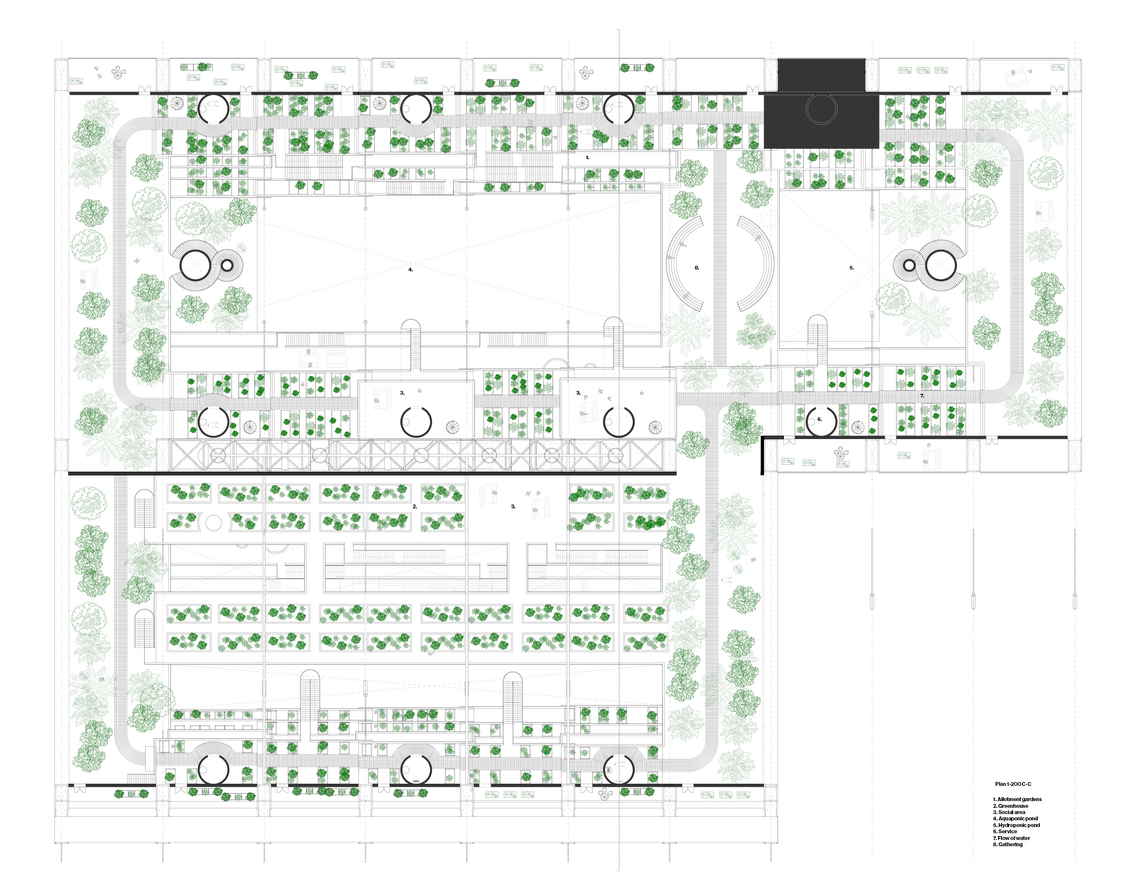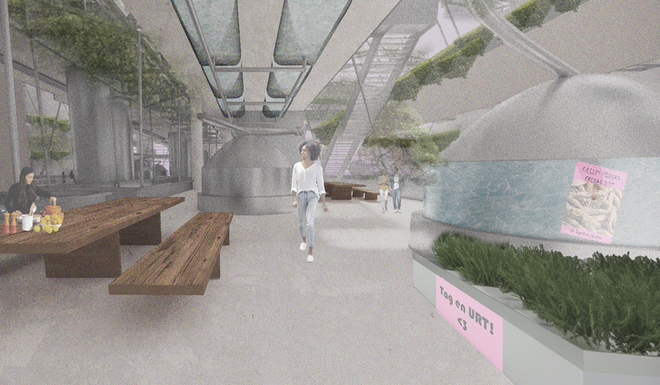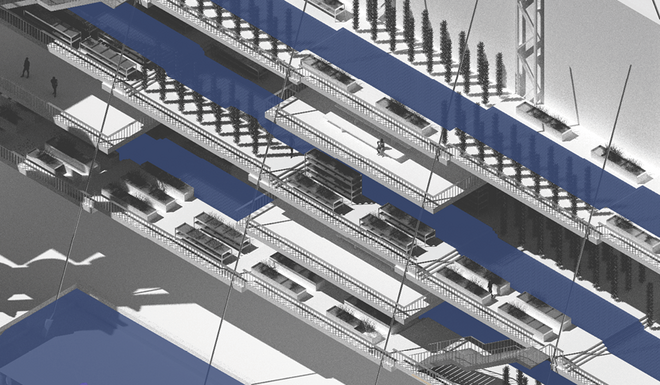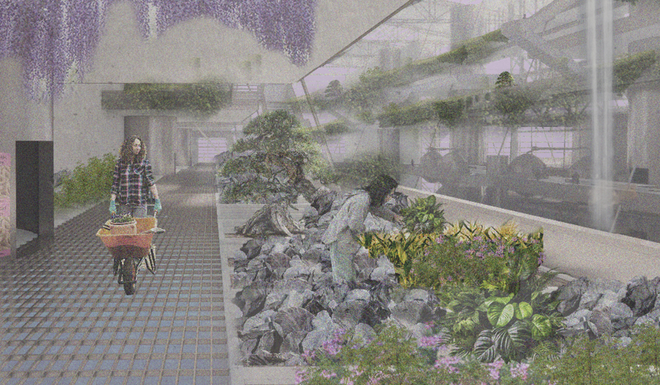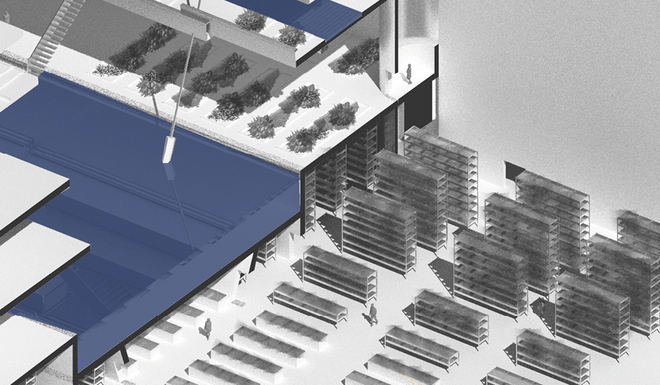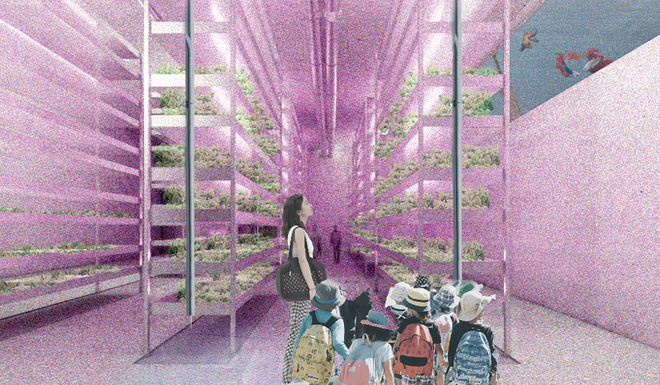
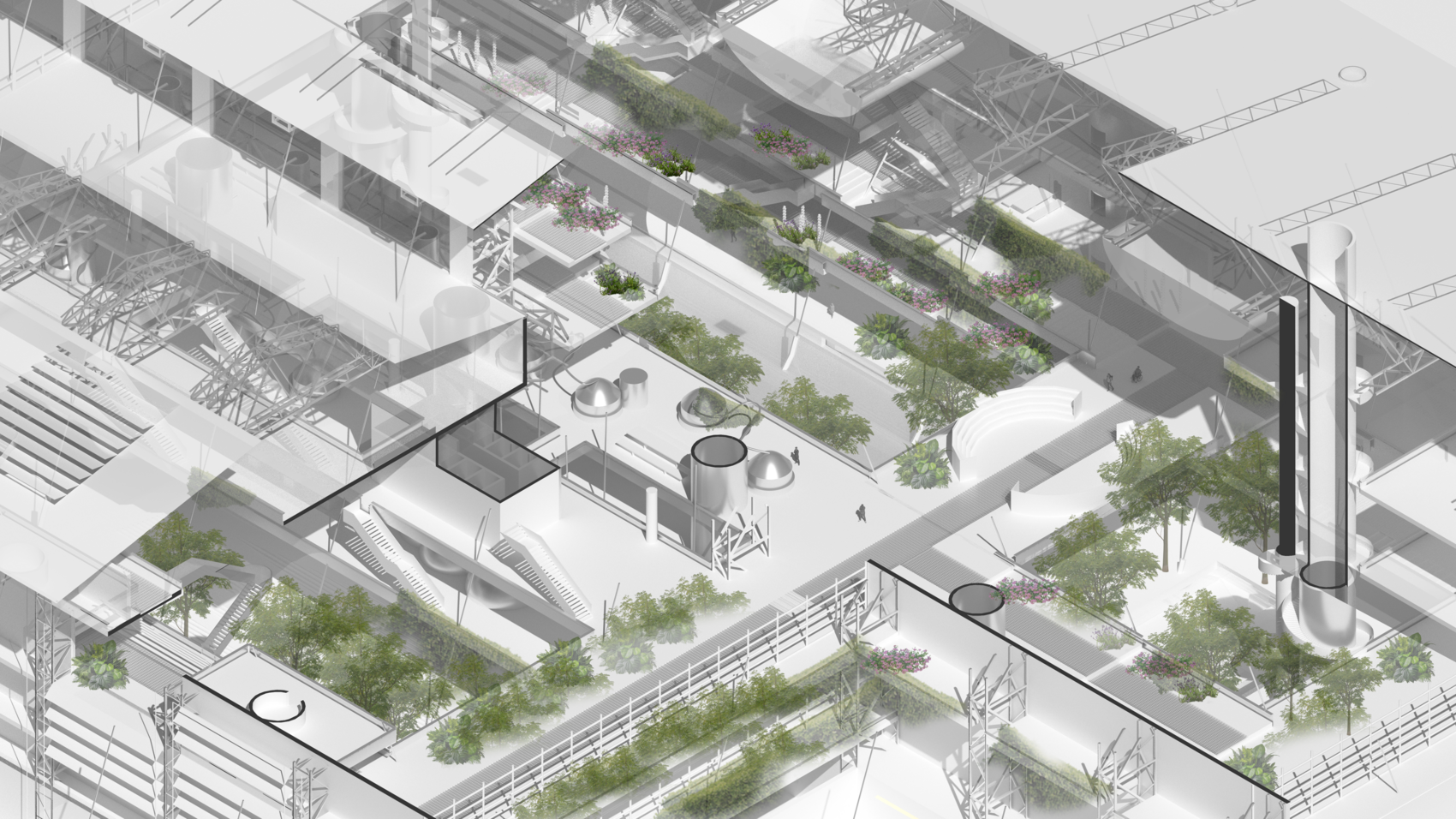
Interconnecting Flows
In a state of heavy reliance on the countryside to supply the city with food, while biodiversity and climate crisis threatens the current state of food security, we must seek out alternative ways of dealing with our food production and consumption. This project seeks to investigate a prototype of urban farming in a context that incorporates the possibilities of closed loop thematics.
Agricultural state of Denmark
Denmark has a long-standing tradition of agriculture. Throughout history, the transformation of the land for human benefit and yield has been central to Danish society. From cultivating the heath of Jutland to draining Lammefjorden, the Danish countryside has been the lifeline sustaining the cities. Agriculture covers 61% of Denmark's total area, which is roughly equivalent to the size of Jutland, used solely for crop cultivation.
Given that 61% of Denmark's land is dedicated to agriculture, the pig industry significantly influences land use. Denmark hosts an average of 11-12 million pigs, and 68.2% of the agricultural land is used to cultivate fodder for livestock. While a significant portion of the meat is exported, it remains a vital part of the Danish diet, with the average person consuming 1 kg of meat per week, which is 650g more than the official guidelines.
Feeding our cities has always been a challenge throughout history. The logistics of supplying cities with food have been a complex issue since the rise of the first metropolises. Ancient Rome, for instance, exemplified a city of consumption, heavily reliant on sea access and the ability to import vast resources to sustain its population.
The proposal
This conceptual project aims to develop and investigate a prototype of urban farming within the framework of closed loop thematics in the B&W hall located in Refshaleøen, Copenhagen. The core concept involves maximizing the use of minimal resources by continuously cycling them back into the system for reuse. By implementing innovative techniques in resource management and sustainability, this project seeks to create a theoretical model of a self-sustaining urban farm that can thrive in a resource-constrained environment.
The prototype will explore various methods of recycling and reusing water, nutrients, and waste materials to support plant growth and food production. For example, organic waste from plants and residents can be composted to create nutrient-rich soil, while greywater can be treated and used for irrigation. Additionally, renewable energy sources like solar panels can be integrated to power the system, reducing reliance on external energy inputs.
The project is intended as a conceptual statement rather than a practical proposal, aiming to illustrate how urban farming can become more sustainable and efficient by reducing waste and minimizing the ecological footprint. The closed loop system serves as a theoretical model for future urban agriculture initiatives, showcasing the potential for cities to become more self-reliant and environmentally friendly by leveraging the principles of resource circularity.
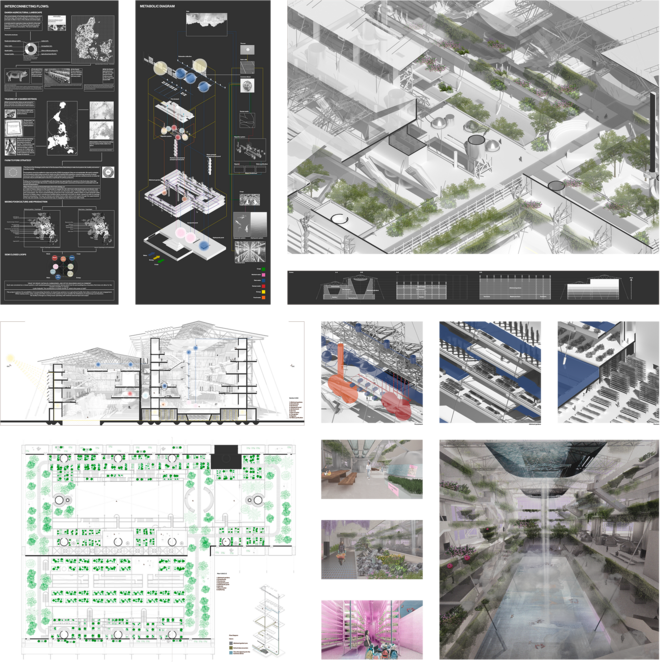

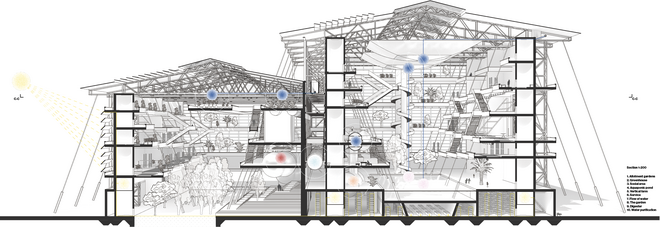
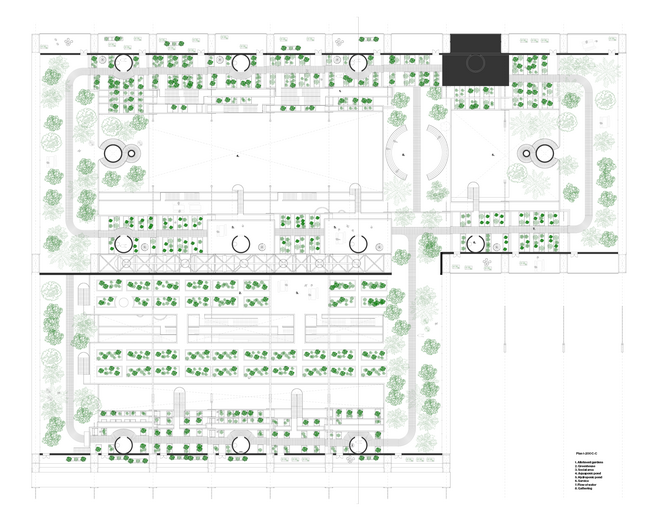
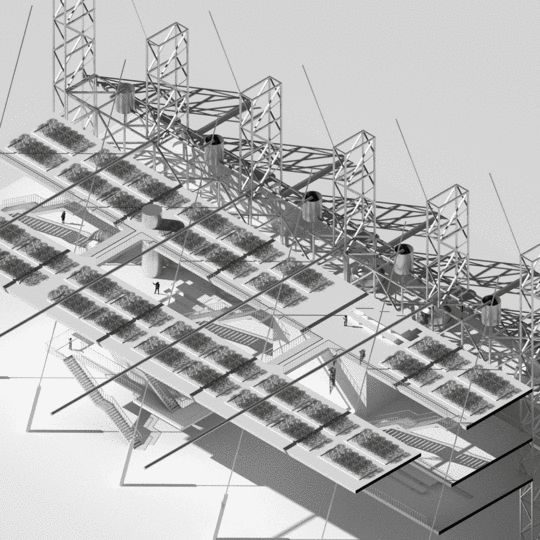

Det Kongelige Akademi understøtter FN’s verdensmål
Siden 2017 har Det Kongelige Akademi arbejdet med FN’s verdensmål. Det afspejler sig i forskning, undervisning og afgangsprojekter. Dette projekt har forholdt sig til følgende FN-mål



